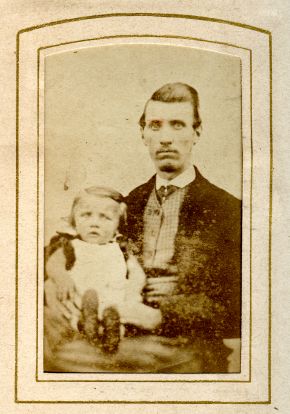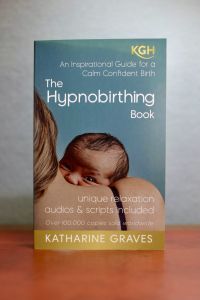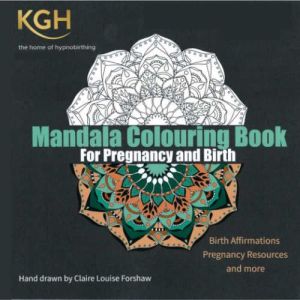
Since the beginning of time there have been myths and old wives’s tales surrounding pregnancy and childbirth, as well as genuine practices which we would today consider barbaric or just plain strange! So we thought it would be fun to take a look back to see how our ancestors coped.
“The better the witch, the better the midwife”
Through most of history, men have not been involved in childbirth. Instead, it has been strictly women only, with midwives, family members or neighbours assisting with your delivery. But in Medieval times, midwives were often thought to be witches as well, so a suspicious Church decreed that all midwives had to be licensed by a bishop. They also had to swear an oath that they would not use magic.
Things had moved on by the more enlightened Victorian era. Male doctors could now examine you during your pregnancy and be present at the birth. But in keeping with these modest times, he could not look at you, only touch!
Fancy a lie-in?
These days, if we give birth in hospital, we can often be back home the same day. Some mothers are even back at work in a matter of days. It wasn’t always so – the practice of ‘lying-in’ or resting, was thought essential to the health and wellbeing of both mum and baby.
Right into the middle of the last century we could expect to stay in hospital, being looked after, for up to 10 days. In Victorian times this might stretch to two weeks. Meanwhile, as a Medieval Mum you would stay in your room for 40 days. You would then attend your own churching ceremony to give thanks for the birth of your baby and be welcomed back into the community.
Tudor childbirth involved going into confinement in a warm, dark room sealed from any fresh air or daylight, as this was thought bad for the health of you and your baby. You remained in this sealed room for another three days after your baby was born, before fresh air was finally let in. We can only guess how it smelt!
Is it a boy or girl?
It’s only recently that we have we been able to know what the sex of our baby will be. Before this it was guesswork, with many old wives’ tales which describe how you could find out. A baby boy was thought to reflect a man’s virility and show that he was the dominant partner. A baby girl meant that the mother was the dominant one in the relationship – so expectant parents were keen to know!
Drop some of your own milk into a bowl of water – if it floats you will have a girl, if it sinks, you will have a boy. Likewise, craving sweet things means a girl, whilst craving salty things means a boy.
Some tests are still used by expectant mums today, just as a bit of fun: – are you carrying high or low; is one of your breasts bigger than the other; are your legs hairier than usual; do you have mood swings; what is the state of your hair/skin; what side do you sleep on; do you have cold feet; and was your previous child’s first word ‘dada’ or ‘mama’?
Bizarre practices
And finally, here are just a few of the odder practices and beliefs from across the centuries:
- Drink a pint of mead before you go to bed – if you wake up with tummy ache, you are pregnant.
- If the baby’s birth position was breach, the midwife would shake the bed to reposition the baby.
- Pig fat was used as a lubricant by Tudor midwives, when necessary.
- Having a difficult childbirth? Tie a snakeskin around your hips.
- Drink the milk of another woman to progress your birthing.
- Eat some butter or cheese carved with ‘magic’ words to ease any pain.









